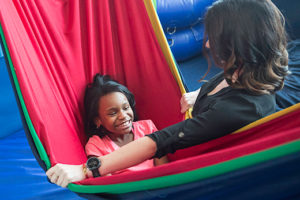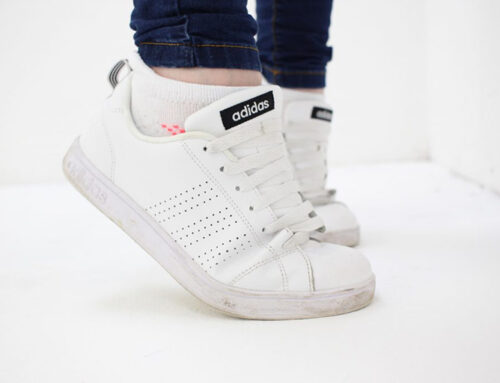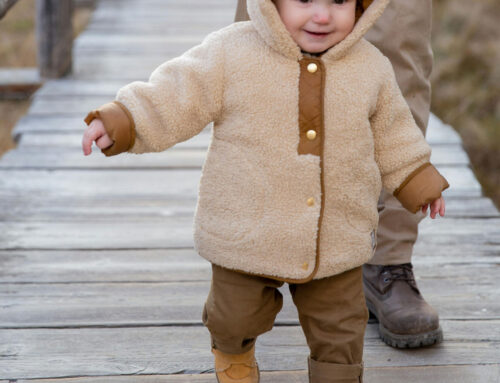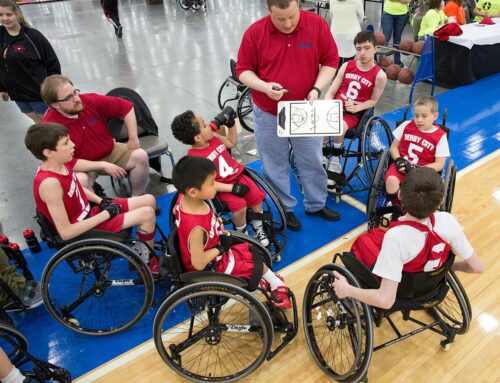Injury Risk Factors

A child’s performance in athletics can depend highly on avoiding injuries. With children beginning to specialize and train for one sport year-round, the incidence of overuse injuries has increased. Here are several risk factors that pediatric physical therapists need to consider when treating young athletes.
- Training Error – A training error — such as a dramatic increase in volume of activity, an increase in the rate of progression of training, or an attempt to participate at a level above the capacity of the athlete — can all cause overuse injuries. The shift from casual, free play to day-long camps of intense daily training has also contributed to this increase in overuse injury occurrences in children.
- Muscle-tendon Imbalance – training for a sport can often involve repetitive, predictable demands that may result in imbalances in strength and flexibility of a child’s muscles and tendons. Without a well-balanced training plan, an overhead athlete (like a swimmer) may develop instability in the anterior portion of the shoulder capsule, and tightness in the posterior portion. This imbalance may lead to impingement, excessive laxity, or even subluxation. Long distance runners may develop strength and tightness in their quadriceps and calves but relative weakness in the hamstrings, which, if left unmonitored, can lead to muscular overuse injuries.
- Postural Malalignment – abnormal postures, such as leg length differences, can also play a role in injury. Abnormally high forces may occur due to these malalignments, resulting in compensations to meet the demands of the sport. For example, for dancers, whose sport puts an emphasis on appearance, a child with femoral anteversion may compensate for their lack of hip external rotation (and subsequent appearance of “in-toeing”) with excessive tibial external rotation and ankle pronation.
- Inappropriate Footwear or Playing Surface – Without appropriate footwear, young athletes are set up for a number of foot and leg problems. Shoes need to be well-fitting, have a firm heel counter, slight heel lift, and flexible toe-box. If foot/ankle postural malalignments exist, such as flat feet, then footwear and orthotics should address those too. Likewise, suboptimal playing surfaces can predispose the child to knee pain, shin splints, or stress fractures, with the highest frequency occurring on hard synthetic surfaces, as opposed to clay and hardwood surfaces.
For more information about avoiding sports injuries, talk to your Eyas Landing physical therapist.

Eyas Landing is a therapy clinic with a mission to provide evidence-based and family-centered therapy services for children, adolescents, and their families. The primary goal is to deliver relationship-based interventions within the most natural environments and to empower families to reach their full potential. To achieve this goal, our highly educated, compassionate staff dedicates time and expertise to create experiences that maximize therapeutic outcomes. The strength, determination, and perseverance of our clients are evident as they succeed in therapy, and ultimately in their daily lives.
Eyas Landing offers a wide range of comprehensive services including Speech Therapy, Occupational Therapy, Physical Therapy, ABA Therapy, Social Work, Family Therapy, and Neuropsych testing. Services are provided throughout the Chicagoland area via Telehealth, In-Home, and in our state of the art clinic.
Want to learn more or you have a specific question? Feel free to connect with us here!



